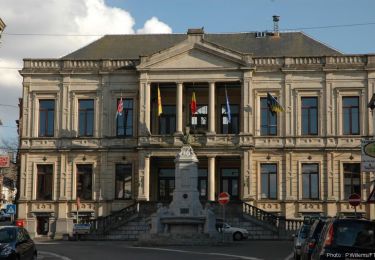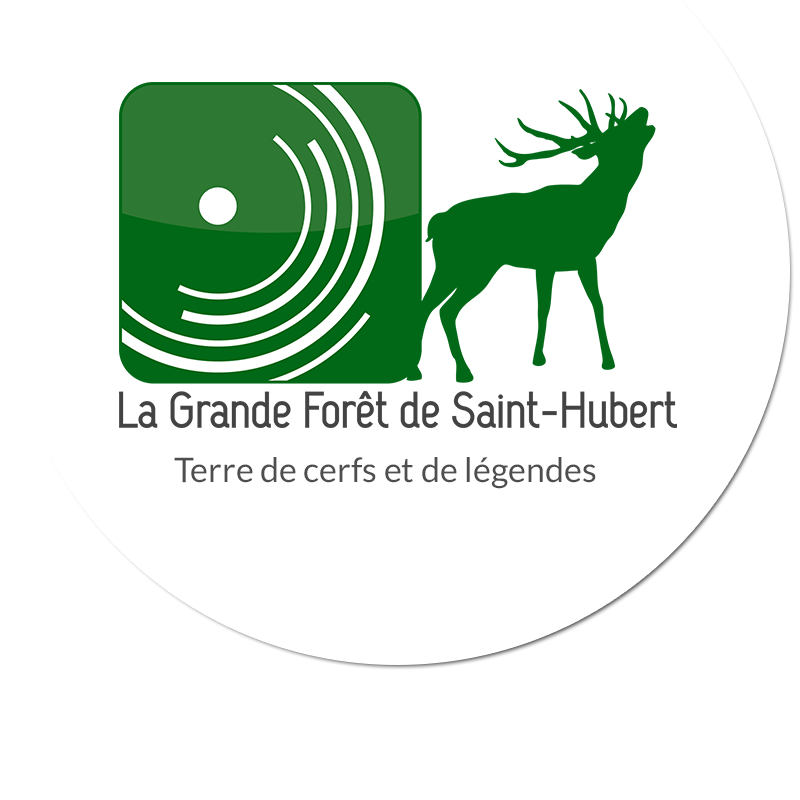

The Calestienne is a very narrow region, sandwiched between the Fagne-Famenne and the Ardennes. Its most striking feature is the presence of limestone in the subsoil. These rocks, mainly alternating with shales, were laid down in the warm seas of the Palaeozoic era, starting in the Middle Devonian, 370 million years ago. They now form the bedrock of a jagged plateau, a few kilometres wide, which extends from Trelon in France to Louveigné, passing through Chimay, Givet, Han-sur-Lesse, Rochefort, Barvaux and Remouchamps.
The origin of the name ‘Calestienne’ is often linked with tienne, the local word for the limestone hills which form chains and which are so characteristic of the region. These were formerly dry grasslands, used as pasture for the flock of sheep belonging to each village. In fact, Calestienne, a relatively recent geographical name, derives from the Walloon word calistiene. This in turn comes from the Germanic “Kalkstein”, meaning limestone or chalk.
Compared with the Ardennes, whose forested slopes rear up to the south, and with the damp, wooded shale lowlands of the Fagne-Famenne to the north, the Calestienne is a much more varied and attractive landscape. The vegetation is very diverse, forming a mosaic of pine woods, deciduous copses, thorny thickets, limestone grasslands, and large arable fields and pastures,sometimes still surrounded by hedgerows.

Motor


Motor

Motor

Motor

Motor


Walking


Randonnées de la Grande Forêt de Saint-Hubert GUIDE+